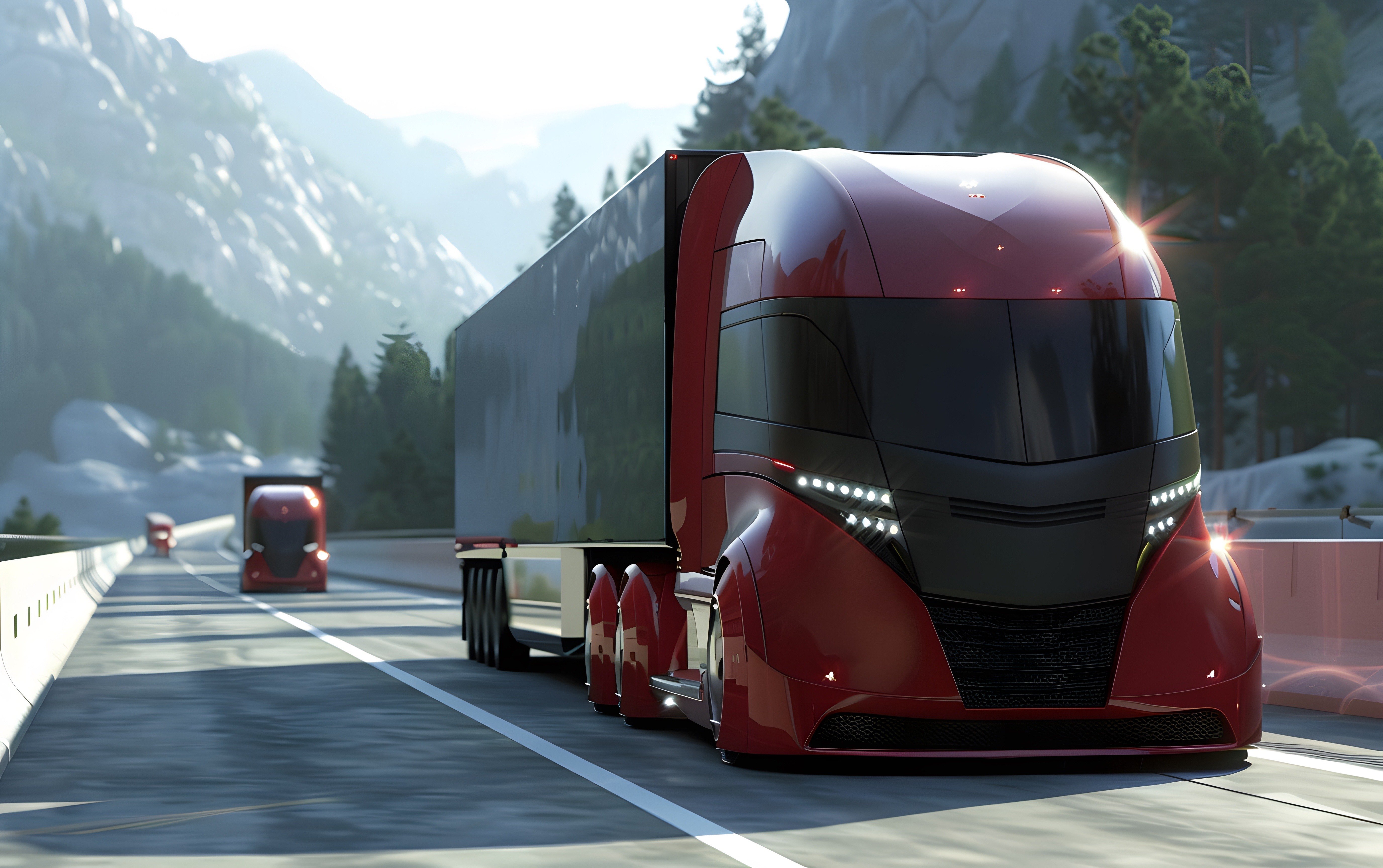Launched in fall 2020, the Extensiv Supply Chain Scholarship aims to foster the talent that will drive the future of our industry, inspiring fresh ideas and voices in logistics and the supply chain.
Below, we present Jaymee McKelvey from Duquesne University, a runner-up in the Fall 2024 Extensiv Supply Chain Scholarship, and their essay on the integration of autonomous vehicles in the supply chain.
The Integration of Autonomous Vehicles in Supply Chain Management
Autonomous vehicles, whether on the road, on the water, or in the air, are becoming increasingly popular in supply chain management. Incorporating these vehicles into the market can help suppliers respond quicker to customer demand and increase the supply chain speed and productivity by having 24/7 availability. An autonomous supply chain could prevent accidents and reduce driver workload, an ever-present problem in truck driving. Suppliers can reduce their carbon footprint and improve sustainability by implementing these vehicles into their fleets.
However, using these vehicles can have potential downfalls. By becoming autonomous, jobs will inevitably be lost, as well as a decrease in human interaction. Suppliers could face legal and regulatory challenges, as regulations need to be in place to ensure responsibility and safety of the vehicles on the road.
As supply chains progress towards autonomous vehicles, suppliers will need to find the balance between efficiency and sustainability goals, against potential socio-economic obstacles.
The Supply Chain Game Changer blog lists several impacts implementing an autonomous fleet can have on logistics.1 Autonomous trucks can save suppliers money on shipping costs. Human involvement in driving would be removed, therefore eliminating labor costs and extra costs such as overnight driving and long-distance trips that come with employing a person to drive. This can lead to fewer accidents on the road as well. Suppliers will also see an improvement in fuel consumption, as autonomous trucks can be programmed to a set speed and avoid delays. The driver shortage is a huge problem in the supply chain, and autonomous trucking can be used to reduce the number of drivers needed on the road. While this does take job opportunities away, new jobs arise. Trucks can be controlled remotely at home or in an office.
Autonomous vehicles can help with more than saving costs and preventing accidents.2 Autonomous vehicles have AI and advanced insights built into their computers, which could be used to provide insights into supply chains that would not have been known before. However, if suppliers choose to use an autonomous fleet, skill shortages may occur in their workforce. Organizations need to invest in developing their employees’ skills and provide proper training, to ensure that no mistakes happen with new automated vehicles.
Autonomous vehicles can also improve warehouse operations by utilizing their potential to help with sorting, storing, and tracking. This can help with moving goods from factories to distribution centers as well.3 As with many new systems and technologies, there will be barriers to completely adopting autonomous vehicles. Humans have always played the primary role in supply chains. Removing humans from the process, whether partially or completely, will need the acceptance of not only the companies but the general public as well. Many people are skeptical of automated technologies—even if autonomous vehicles can ease labor shortages and deal with tedious and dangerous situations. So, it is critical to ensure that these new vehicles can safely and accurately perform in our current supply chain market.
The use of drones for delivery has become more and more common every day. Traditionally, last-mile delivery has faced issues such as traffic delays. Incorporating drones eliminates this problem by surpassing ground obstacles and ensuring timely delivery to customers.4 Drones can also reach remote areas, areas that would be difficult for a normal delivery truck to reach.
One of the most important issues for the industry to consider is how autonomous trucks will deal with life-or-death decisions on the road. If even one automated truck causes a fatal accident, it will set supply chain automation back severely.
These issues must be sorted out completely before the roads are filled with these vehicles.5
In an autonomous future, business models may look radically different than they do today. Integrating autonomous vehicles into the supply chain presents both opportunities and challenges. These vehicles promise increased efficiency and cost savings, but raise concerns about job displacement, social acceptance, and regulatory challenges. The potential benefits of using these vehicles are undeniable.
However, suppliers must address skill shortages and risks associated with autonomy, especially concerning safety and on-the-road decision-making. As the industry embarks on this transformative shift, it must find a balance between the potential of autonomous technologies and socio-economic issues, moving towards a future where innovation is used for the betterment of supply chain operations and society as a whole.
Sources:
1. 5 Impacts of Autonomous Trucking on Supply Chain!. Supply Chain Game Changer. (2019, June 26). LINK
2. Autonomous Vehicles in the Intelligent Supply Chain. Unipart Logistics. (2023, March 9). LINK
3. Natarajan, S. (2019, June 4). How Autonomous Vehicles Will Disrupt Logistics and Create New Business Opportunities. Project Production Institute. LINK
4. The Future of Autonomous Vehicles in Freight Transportation. TCI Transportation. (2023, November 15). LINK
5. Pratt, M. K. (2021, November 30). Will autonomous vehicles transform the supply chain?. TechTarget. LINK






